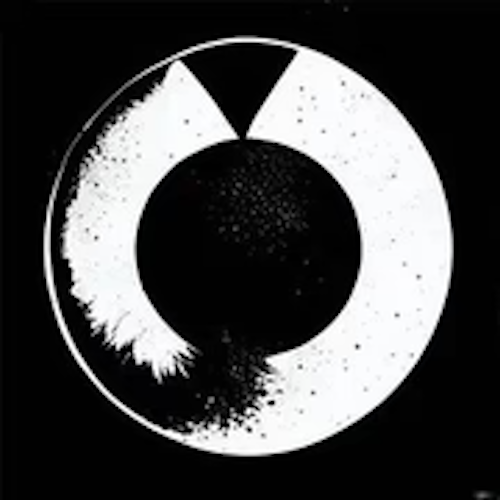How to Choose the Right 3D Printing Method: SLA vs FDM
Share
Understanding your 3D Printing Method Options
When it comes to 3D printing, there are numerous technologies available, each with its unique set of benefits and drawbacks. Today, we'll focus on two of the most popular methods: Stereolithography (SLA) and Fused Deposition Modeling (FDM).
What is SLA?
Stereolithography, or SLA, uses a UV laser to cure a photosensitive resin layer by layer. It's known for its high resolution and accuracy, making it a perfect choice for Technast's intricate futuristic 3D printed objects and jewelry prototyping, which includes resin prints and cast-ready prep.
What is FDM?
Fused Deposition Modeling, or FDM, extrudes thermoplastic material layer by layer. It's durable and cost-effective, making it suitable for functional parts and prototypes. Technast utilizes FDM in creating fully customizable, glow-in-the-dark license plate frames.
SLA vs FDM: Which one to choose?
- Resolution and Accuracy: If you require intricate details and high precision, SLA is the way to go.
- Material Properties: For durable, heat-resistant parts, FDM is the better choice.
- Cost: FDM typically comes in as the more affordable option, but SLA can offer superior detail and finish.
Every project is unique, and the best 3D printing method depends on your specific needs. At Technast, we offer both SLA and FDM printing, along with fast, professional service and advanced, luxury biomorphic design style. Contact us today to discuss your project and find out which method is right for you.
